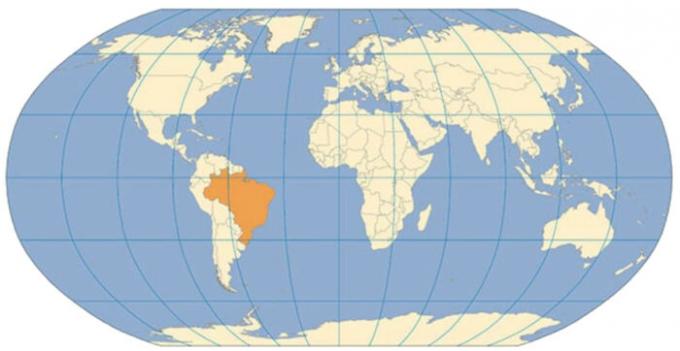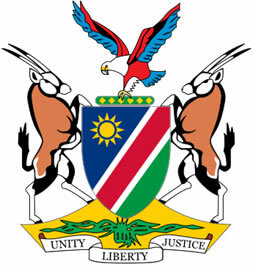the cycle of oil in Brazil began at the end of the 19th century, when the first searches for this ore took place in the Brazilian subsoil. The first trace of oil was found in the municipality of Bofete, state of São Paulo, however, the extraction of the found resource was unfeasible.
The first oil deposit - economically viable - was discovered in 1939, in the municipality of Lobato, mediations of the Recôncavo Baiano, from which oil of good quality and conducive to commercialization.
In the government of Getúlio Vargas, in 1953, what would be one of the most promising state-owned companies in the world, Petrobras (Petróleo Brasileiro SA) was created. The company owns 51% of the shares owned by the government and the rest is mixed capital.
Oil has a great relevance to our lives, as it is used as fuel, in addition to being added to the manufacture of a multitude of products. Until recently, the country did not have enough oil production for domestic supply, so it was dependent on the imported resource, especially from the countries of the Middle East, but as of 2007 the country reached the self-sufficiency. Currently, production is approximately 2.3 million barrels per day, which exceeds consumption, which is 2.2 barrels per day.
On the continent, most Brazilian oil deposits are located in places with sedimentary rocks. In the ocean, oil is found on continental shelves.
To obtain petroleum by-products it is necessary to go through several processing stages. After being extracted from the subsoil, it is transported to refineries, which transform the raw ore into fuel, raw material and by-products.
Fuels (gasoline and diesel) supply the service stations, which sell these products to be used in cars. In general, companies working in oil refining set up in areas close to industries, in order to supply them with raw material.
By Eduardo de Freitas
Graduated in Geography
Source: Brazil School - https://brasilescola.uol.com.br/brasil/o-petroleo-no-brasil.htm



